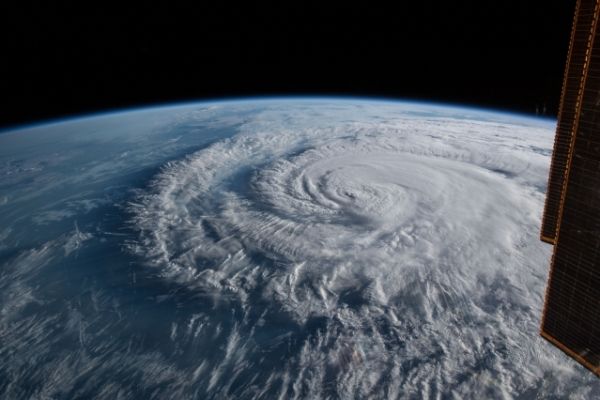If you’ve ever turned down a city street only to be blasted with air, you’ve stepped into what is known as an urban canyon.
Much like their geological counterparts, urban canyons are gaps between two tall surfaces — in this case, buildings. The gusts they channel, however, have real implications. They can magnify a hurricane’s winds or increase a city’s air temperature depending on their arrangement — an arrangement known as city texture. The problem is, according to researchers at the MIT Concrete Sustainability Hub (CSHub), that current hazard mitigation practices don’t consider city texture. Consequently, they frequently underestimate damages, in some cases by as much as a factor of three.
To understand the potential impact of city texture, CSHub researchers first investigated the current construction practices. One of the practices they examined were building codes.
According to the Federal Emergency Management Agency, “Building codes are sets of regulations governing the design, construction, alteration, and maintenance of structures.” One of their purposes is to protect the inhabitants of a building from natural disasters by specifying the strength of that building.
Continue reading at Massachusetts Institute of Technology
Image via Massachusetts Institute of Technology


